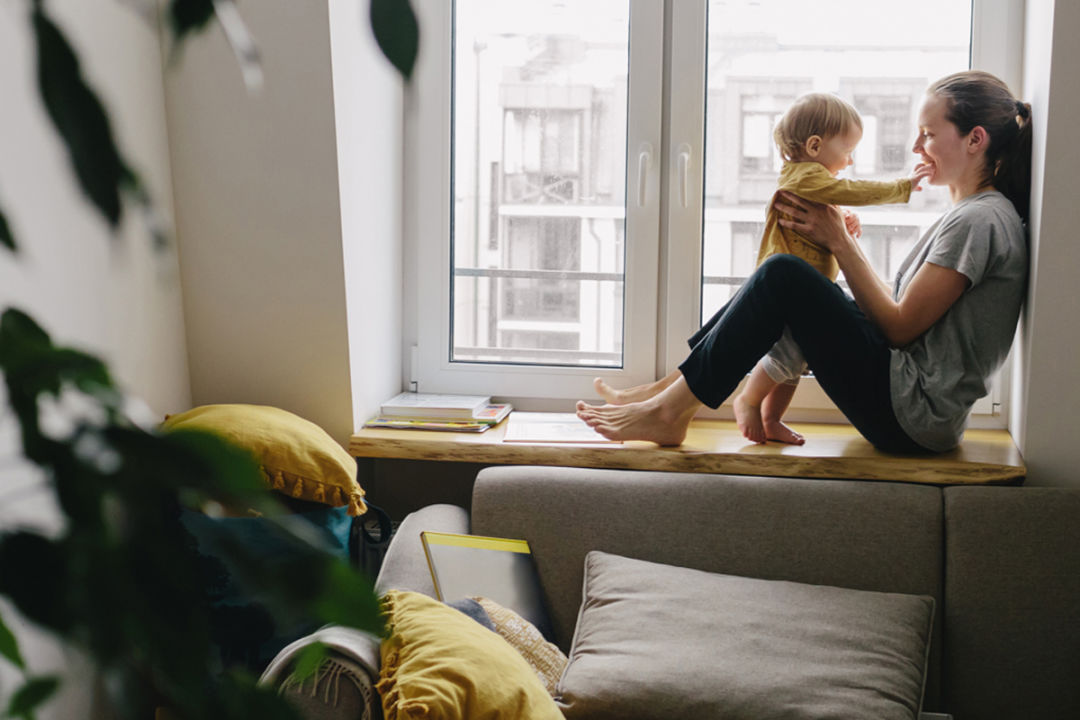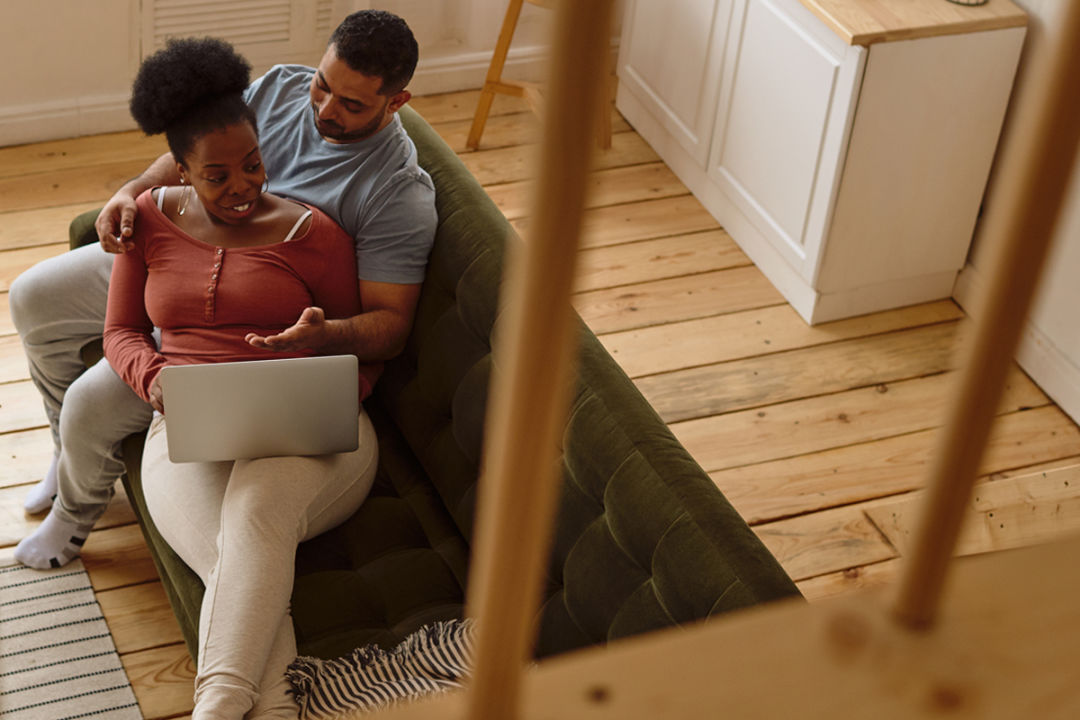5 Tips on Buying and Selling a Home at the Same Time

WHEN YOU BOUGHT YOUR FIRST HOME, there was a lot to learn. How do you even start? What about getting a mortgage? Are you even sure you’re ready to own a home?
Going through the homebuying process once raises plenty of questions. And then going through it for a second time, when you already own a home, comes with a whole new set of things to figure out. Let’s take a look at the top considerations for both the home you’re selling and the one you’re buying.
- What is your current home worth?
Most people want to use the equity in their current home toward paying for a new home. So, you’ll need to find out how much equity you have. Remember that equity is the current value of your home minus your outstanding mortgage balance.
The precise value of your home is impossible to know until it actually sells—a home is worth what someone is willing to pay for it. However, you can get a trustworthy estimate from a local real estate agent. Online estimates are interesting to look at, but they’re not thorough enough to use in budget planning. An agent will evaluate your home in the context of the current market.
- Where will you live in the meantime?
Here’s the rub with buying one home and selling another: you have to decide which to do first. Selling first means you’ll have your equity when you buy, but it also means you won’t have the new home to move into yet. You’ll need to decide where you (and your family and your belongings) will land in the limbo period.
The most obvious solution is finding a temporary place to stay. Many people go with short term rentals. Others move in with friends or family. One option you may not be aware of is rentback. In this scenario, you ask the buyer of your current home to allow you to stay for a specified period of time, paying them rent.
- Can you afford to buy before you sell?
Buying your new home first avoids the limbo period. However, you won’t have the equity from your current home when you buy the new one. Conundrum: if you don’t have stacks of cash, how will the financials of buying first work out?
Some people use a home equity line of credit or a bridge loan to solve that problem. Flyhomes solves it for you with Buy Before You Sell, a program that factors in your equity and loans you what you need to buy the new home before you sell. This way, while the equity is technically still tied up in the home you’re selling, it counts as real money toward your qualification to buy a new home.

- How do you avoid contingencies?
If you’re able to finance purchasing a new home before selling the one you own, there’s still an issue: your home hasn’t sold yet. What if it doesn’t?
A sale contingency in your offer means that you can walk away from buying the new home if your current home doesn’t sell. However, as you might guess, sellers aren’t enthusiastic about contingencies. Non-contingent offers are much stronger.
The Flyhomes Buy Before You Sell program makes it possible to avoid a sale contingency by guaranteeing the sale of your home. If a buyer doesn’t make you an offer in 90 days, the company will buy the home for a price you agree to up front.
- Is your home ready to sell?
To get the most profit from your home sale, start the process of getting it ready to list even before you decide if you’re selling or buying first. An agent will recommend what to fix, clean, and change based on what will bring the most value for both the interior and exterior of your home.
To get started on your own, consider donating or selling items you’re not going to take with you, and organizing what you’re going to keep. This step is one you’ll need to do when you move anyway and starting early will make it more manageable with the bonus of getting your home ready to show.
